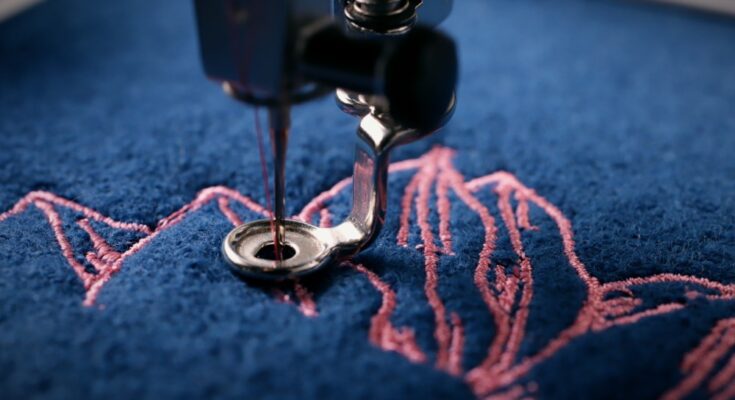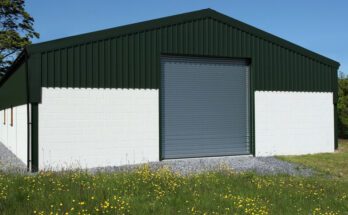Embroidery machines are intricate pieces of technology designed to transform simple fabric into detailed works of art. Understanding the anatomy of your embroidery machine is essential for achieving optimal performance and preventing unnecessary wear and tear. From the needle and thread to the bobbin and hoop, each component plays a crucial role in the embroidery process. By familiarizing yourself with these parts, you can enhance your machine’s efficiency, explore creative possibilities, and troubleshoot any technical issues that may arise.
The Needle and Thread System
The needle and thread system is the heart of your embroidery machine, dictating the quality and precision of your creations. Knowing which needle to use is vital, as various fabrics and thread types require different types of needles, from ballpoint to top stitch. The thread tension is equally important; if the tension is too tight or too loose, it can result in puckering, skipped stitches, or uneven embroidery. Regularly checking and adjusting your thread tension and keeping your needles sharp and compatible with your materials can significantly improve the outcome of your embroidery projects.
The Bobbin and Bobbin Case
The bobbin and bobbin case are integral components of the embroidery machine, working collectively to form the bottom half of the stitches. The bobbin holds the thread below the fabric, while the bobbin case ensures smooth and consistent delivery during stitching. It’s essential to use the correct bobbin size and type specified by your machine’s manufacturer, as discrepancies can lead to poor stitch quality or thread jams. Regularly cleaning the bobbin case and ensuring it is free from lint or debris allows you to maintain optimal functionality for your machine.
The Hoop
The hoop is a pivotal component in embroidery, serving as the framework that holds your fabric taut during the stitching process. Proper hooping of your fabric is vital to ensure precision and to prevent the fabric from shifting or puckering as the machine works. Hoops come in various sizes and shapes to accommodate different designs and fabric types. To achieve the best results, it is important to ensure that the fabric is evenly stretched and securely fastened within the hoop without being overly tight, which could lead to distortion or damage. Additionally, selecting the right hoop size for your project minimizes fabric waste and maximizes control over the embroidery outcome.
The Embroidery Arm
The embroidery arm, also known as the carriage arm, is a crucial element in computerized embroidery machines, as it is responsible for moving the hoop and fabric beneath the needle with precision. The machine’s software coordinates this movement to stitch the programmed design accurately. To ensure smooth operation, it is essential to maintain the embroidery arm by keeping it clean and free of obstructions. Regular lubrication, as per the manufacturer’s guidelines, can prevent friction and wear. Additionally, being mindful of the arm’s range of motion during use can help prevent accidental jams or damage, which could disrupt the embroidery process.
Understanding the anatomy of your embroidery machine is vital for achieving the best results and prolonging its lifespan. Regular maintenance, proper usage of components, and familiarity with their functions can significantly improve your embroidery experience, allowing you to unleash your creativity and produce beautiful works of embroidered art.



